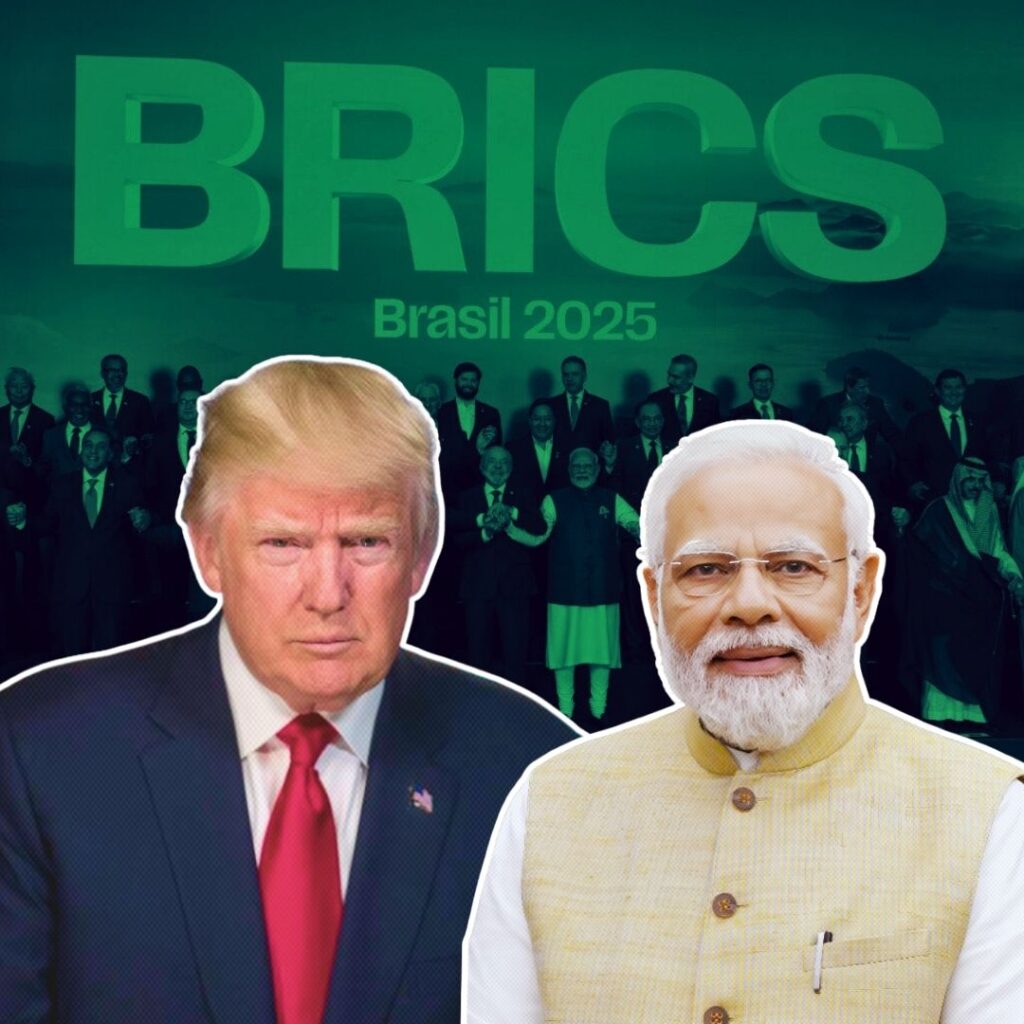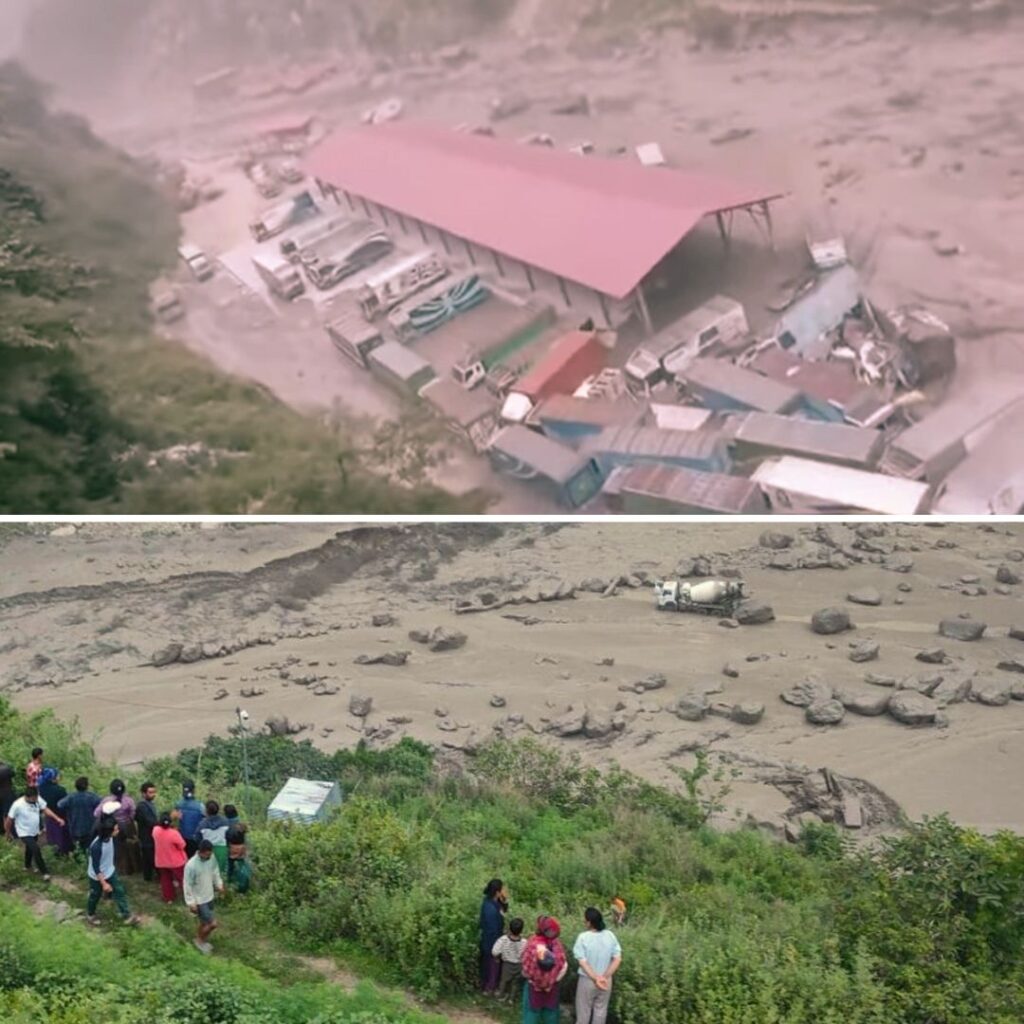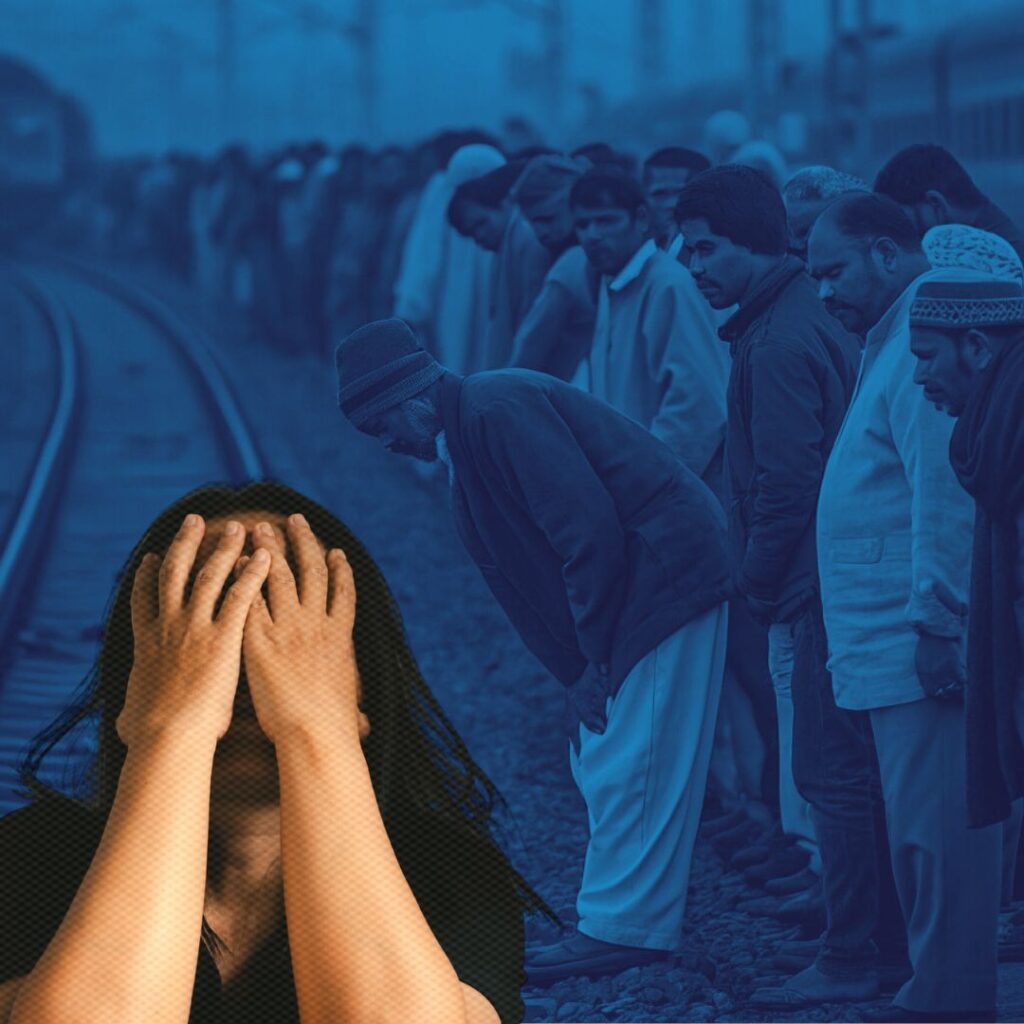The Pushkar livestock fair, held in October and November in Rajasthan, is the most popular livestock fair in India.
In 2012, 2248 cattle were sold in the Pushkar Livestock Fair.
In 2017, 8 were sold.
The data is similar for Rajasthan’s other nine state-level livestock fairs. At the 2012 Bharatpur Fair, 6,413 cattle were brought and 4,697 were sold. Five years later, the numbers were 325 and 6 respectively.
According to a report by The Indian Express, data by the Rajasthan Department of Animal Husbandry shows a 90% drop in cattle sales in Rajasthan’s livestock fairs since 2012. While the data for four of the nine statewide annual fairs are yet to be released, the data for the other nine paint an even more dire picture.
The number of livestock (an umbrella term for cattle, buffaloes, camels, horses, sheep and goats) has also seen a drastic decrease (by 50.6%), from 1.05 lakh in 2012-2013 to 51,856 in 2016-2017.
Naturally, the cumulative earnings by the cattle owners have also plummeted, from Rs 92.18 crore in 2012-2013 to Rs 39.42 crore in 2016-2017. That is a 57.2% reduction.
Revenue collected by the Animal Husbandry Department decreased by 73% in the same time period, from Rs 7 lakh to Rs 1.88 lakh.
Causes for decline
The decline in cattle trade and revenue for cattle traders comes at a time of increasing crackdown on cow smuggling in Rajasthan, stricter regulations for cattle transportation and incidents of cow vigilantism.
Director Ajay Kumar Gupta told The Indian Express that a major reason for the decline in sales was the decline in demand for bullocks.
Mechanisation was on the rise and “rather than keep a pair of bullocks for an entire year (to till their farm), they (farmers) hire a tractor for a few hours”, he said. “Also the roads are good and every village is connected. Earlier there were kuchcha roads so bullock carts were employed.”
About the government’s crackdown on cattle smuggling having an effect, the Director said, “Some used to smuggle (cattle) for slaughter but now there is strictness.”
The number of regulations regarding cattle trade and cattle transport have skyrocketed in the past couple of years.
In May 2015, the Rajasthan High Court, acting on a plea by the Gau Raksha Dal Seva Samiti Rajasthan, had issued several directions to the state government regarding cattle fairs. Then in July of the same year, the Union government introduced the Central Motor Vehicles (Eleventh Amendment) Rules, 2015, on vehicles to be used for transportation of cattle and regulations regarding the same. The latter mandated that a regional transport officer issue a “special license” for vehicles to be used to transport cattle and directed that such vehicles could not be employed for any other use.
Among the new regulations are the following:
Buyers have to produce affidavits saying they are “not buying the animal for slaughtering, but for agricultural purposes”, and back their claims with revenue records of their agricultural holdings. A fair contractor is required to produce a certificate from the district collector saying “he is not engaged in slaughter of animals in any manner, nor is he agent of any slaughter house”. Each animal sold at a fair needs to have a medical certificate and a mark of identification. It should be ensured that the sale of animals at cattle fairs “in no way reduces the number of bovine animal below the level of actual requirement of the local area”.











